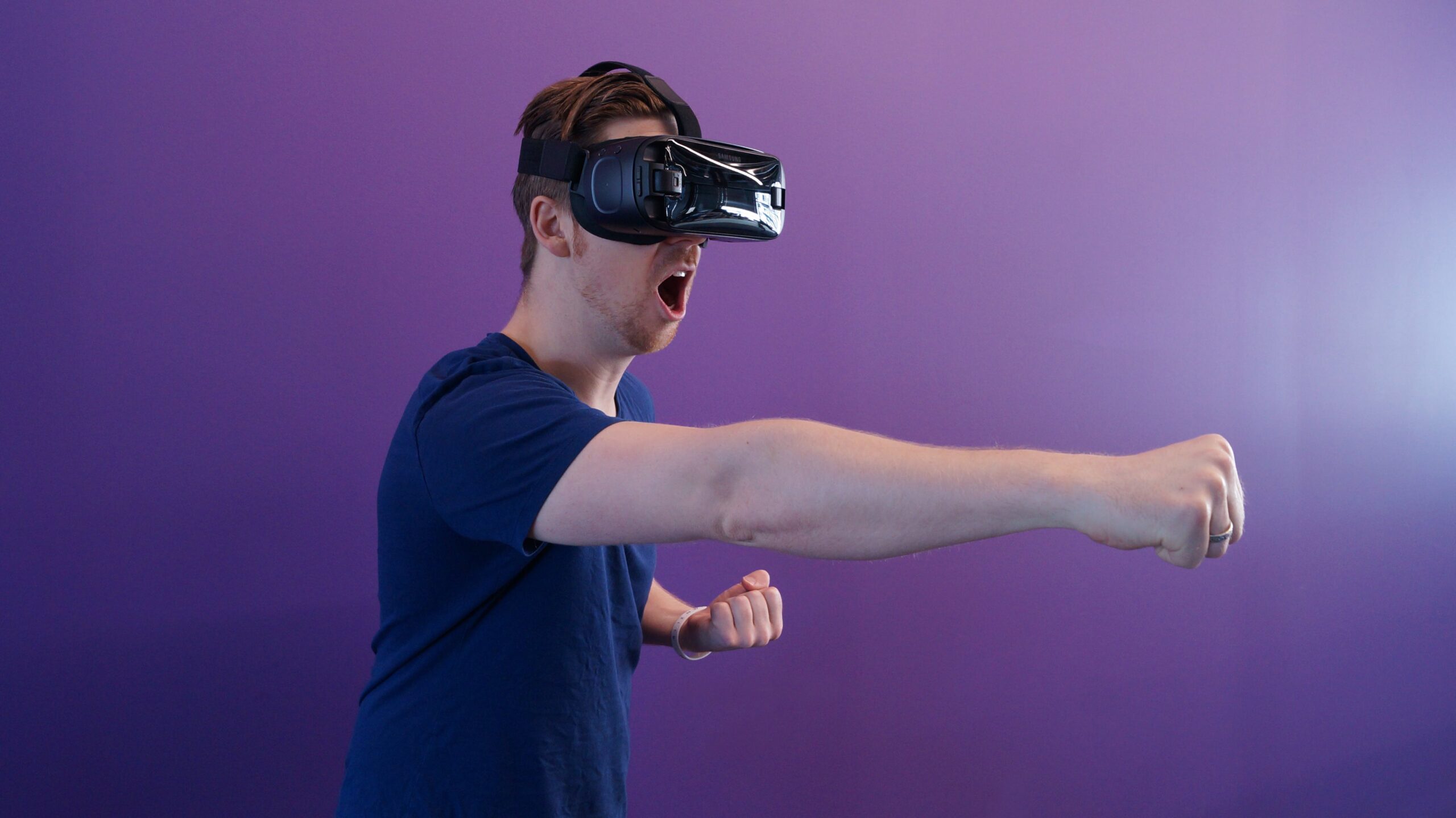
Augmented Reality (AR) has emerged as a transformative technology with immense potential to revolutionize education and training methodologies.
Research indicates that the global AR market in education is projected to reach $5.3 billion by 2023.
AR seamlessly integrates digital information into the physical environment, enhancing learning experiences by providing interactive and immersive content. This blog explores the pivotal role of AR in reshaping education and training methods, unlocking new dimensions of engagement and knowledge retention.
The Impact of AR in Education
Augmented Reality is reshaping the traditional learning landscape by offering immersive experiences that captivate students’ attention and facilitate deeper understanding. Some key ways AR is transforming education include:
Interactive Learning: AR enables interactive and hands-on learning experiences, allowing students to engage with 3D models, simulations, and historical reconstructions, fostering a deeper understanding of complex subjects.
Personalized Learning: AR applications can adapt content to individual learning styles, offering personalized educational experiences that cater to diverse student needs and abilities.
Bridging Gaps: AR bridges geographical barriers by providing virtual field trips and collaborations, allowing students to explore distant locations or collaborate with peers worldwide, enhancing cultural understanding and global awareness.
Practical Skill Development: In vocational training and skill-based education, AR simulations allow learners to practice and refine skills in a safe and controlled virtual environment before applying them in real-life scenarios.
The Role of AR in Training and Development
AR is not limited to academic settings; it is also revolutionizing corporate training and professional development:
Enhanced Training Modules: AR-based training modules offer a more engaging and effective way for employees to learn new procedures, protocols, or equipment operation, reducing training time and improving retention.
Remote Assistance and Maintenance: AR facilitates real-time guidance and remote assistance by overlaying instructions or diagrams onto physical equipment, aiding technicians in troubleshooting or performing maintenance tasks.
Healthcare Training: In the medical field, AR enables immersive simulations for medical students to practice surgical procedures or explore human anatomy in detail, improving hands-on learning experiences.
Enhanced Safety Training: Industries like manufacturing or construction utilize AR to provide safety training simulations, allowing workers to learn about potential hazards in a controlled environment.
Conclusion
At Coding Brains, our software development company, we understand the transformative potential of Augmented Reality in revolutionizing education and training. Leveraging our expertise in AR technology, we strive to create innovative solutions that enhance learning experiences and professional development. By integrating AR into educational curricula and corporate training programs, we empower institutions and businesses to embrace a future where immersive and interactive learning becomes the norm. Partner with Coding Brains to harness the power of Augmented Reality for enriched educational experiences and efficient training methodologies.


Leave a Reply